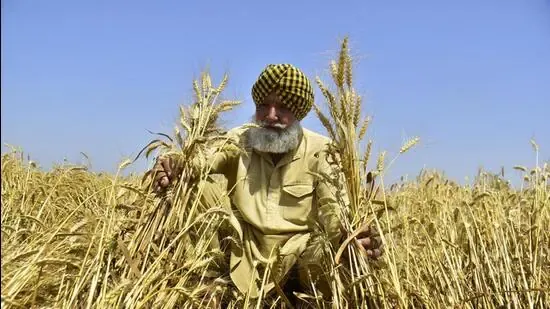India’s federally-held wheat stocks in 2022-23 may fall to their lowest level since 2016-17, and second-lowest in the past 13 years, with the government’s own purchases of the cereal, likely being the lowest in 15 years. The staple’s offtake, which refers to withdrawal for subsidized distribution and open-market sales, has risen 38% over the last two years, official data show.
India on May 13 said it was suspending exports of wheat to manage its food security which is “at-risk”.
The food ministry has said it had enough stocks to smoothly run the public distribution system. However, lower output due to a prolonged heat spell in March and record exports have necessitated a calibration of quantities of the winter staple that will be supplied through food schemes, pointing to a tight demand-supply situation.
The government’s export ban was prompted by a sharp rise in consumer inflation, which surged to an eight-year high of 7.79%, while food inflation touched 8.38%. Cereal inflation was fairly high at nearly 6%.
The government has kept a window open for overseas sales should a foreign neighbouring government make a request. An emerging issue, according to some analysts, is whether India can afford to export more wheat, after record overseas sales in the year ending March 31, and if the country will witness a further spike in domestic food prices.
